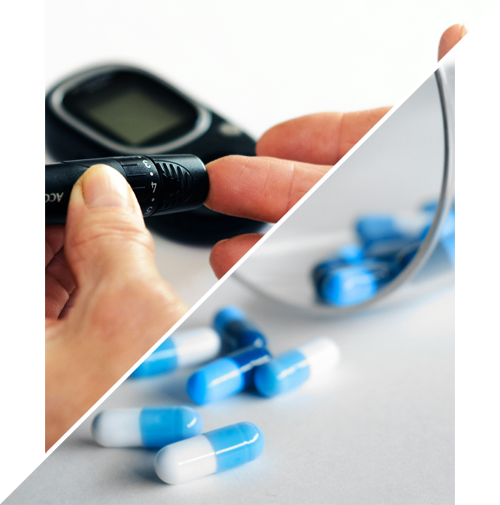
ISO 13485 is an internationally recognized standard for quality management systems in the medical device sector. It outlines the requirements for a quality system that enables organizations to demonstrate their ability to provide medical devices and related services that consistently meet customer and regulatory requirements. The standard is intended for use by organizations involved in the design, development, production, installation, servicing, and sales of medical devices.
The main goal of ISO 13485 is to support the harmonization of medical device regulatory requirements related to quality management systems. While it shares many elements with ISO 9001, it is a distinct standard, containing additional provisions specific to medical devices, such as risk management, sterile manufacturing, and product traceability. Organizations certified to ISO 13485 cannot claim compliance with ISO 9001 due to these differences.
Benefits of ISO 13485 Certification:
- Improved Staff Motivation and Clarity: Implementing a quality management system generally increases staff motivation by providing clear definitions of roles and responsibilities.
- Compliance and Safety Assurance: A quality system tailored to the medical device industry ensures that the organization can consistently meet customer needs, regulatory requirements, and safety standards.
- Cost Efficiency: Enhanced productivity and efficiency lead to cost savings by identifying and addressing product or service deficiencies early on.
- Continuous Improvement: The system supports ongoing, systematic improvements, resulting in reduced waste, fewer rejections, and fewer customer complaints.
- Risk Management: ISO 13485 offers a structured approach to risk management, enhancing the organization's ability to manage and mitigate risks.
- Regulatory Compliance: It streamlines the management of regulatory activities such as post-market surveillance, complaint handling, CAPA (Corrective and Preventive Actions) implementation, product recalls, and reporting to regulatory authorities.
- Lifecycle Integration: The standard ensures that regulatory requirements are integrated early in the design and development process, impacting the product’s technical features and compliance.
- Comprehensive Product Oversight: ISO 13485 helps organizations take a holistic view of the medical device lifecycle, including packaging, labeling, installation, servicing, and usability, ensuring products meet both user and patient needs, minimize risks, and provide expected benefits.